 Fish and Wildlife personnel rescue wildlife all the time. Sometimes they rescue rare wildlife. But this week there were two rescues of critically endangered species in adjoining states. Actually, Florida Fish and Wildlife Conservation Commission staffers were involved in both rescues.
Fish and Wildlife personnel rescue wildlife all the time. Sometimes they rescue rare wildlife. But this week there were two rescues of critically endangered species in adjoining states. Actually, Florida Fish and Wildlife Conservation Commission staffers were involved in both rescues.
Off the coast of Georgia, a rescue team that included Georgia Department of Natural Resources biologists cut over 100 yards of heavy fishing rope from a 4-year-old male North Atlantic right whale, allowing it to swim more easily. The young whale one of only about 450 remaining North Atlantic right whales.
Read the Georgia Department of Natural Resources press release here.
In Florida, biologists from the Florida Fish and Wildlife Conservation Commission (FWC) and the Conservancy of Southwest Florida discovered an approximately week-old Florida panther kitten while conducting research at the Florida Panther National Wildlife Refuge in Collier County in mid-January.
There are 100 to 160 Florida panthers in the wild today, but this kitten will no longer be among them. Because it is too young to have learned survival skills from its mother, it will have to live in captivity. But with a gene pool this small, even captive individuals help with diversity.
Read the Florida Wildlife Commission press release here.
Photo: When you look at this Florida panther kitten, make sure you are thinking, “populations, not individuals.” Photo by Carli Segelson, courtesy Florida Wildlife Commission.

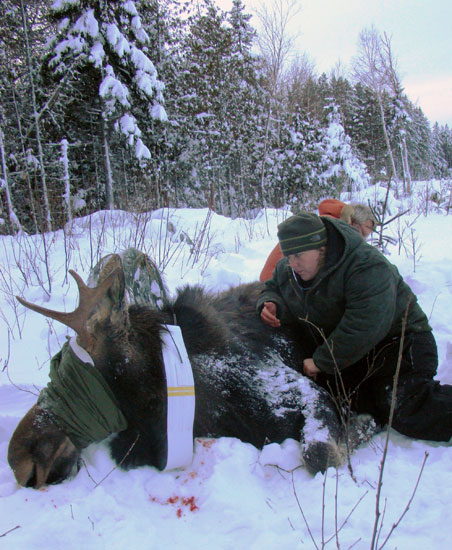 Montana Fish, Wildlife and Parks has begun a 10-year study of moose in the state to try to determine the cause of a 75 percent over the last 20 years, says
Montana Fish, Wildlife and Parks has begun a 10-year study of moose in the state to try to determine the cause of a 75 percent over the last 20 years, says The Georgia Department of Natural Resources’ Nongame Conservation Section recently released its
The Georgia Department of Natural Resources’ Nongame Conservation Section recently released its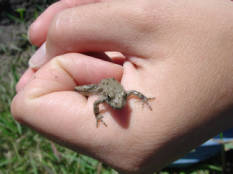
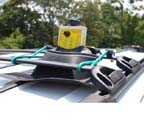 From a
From a 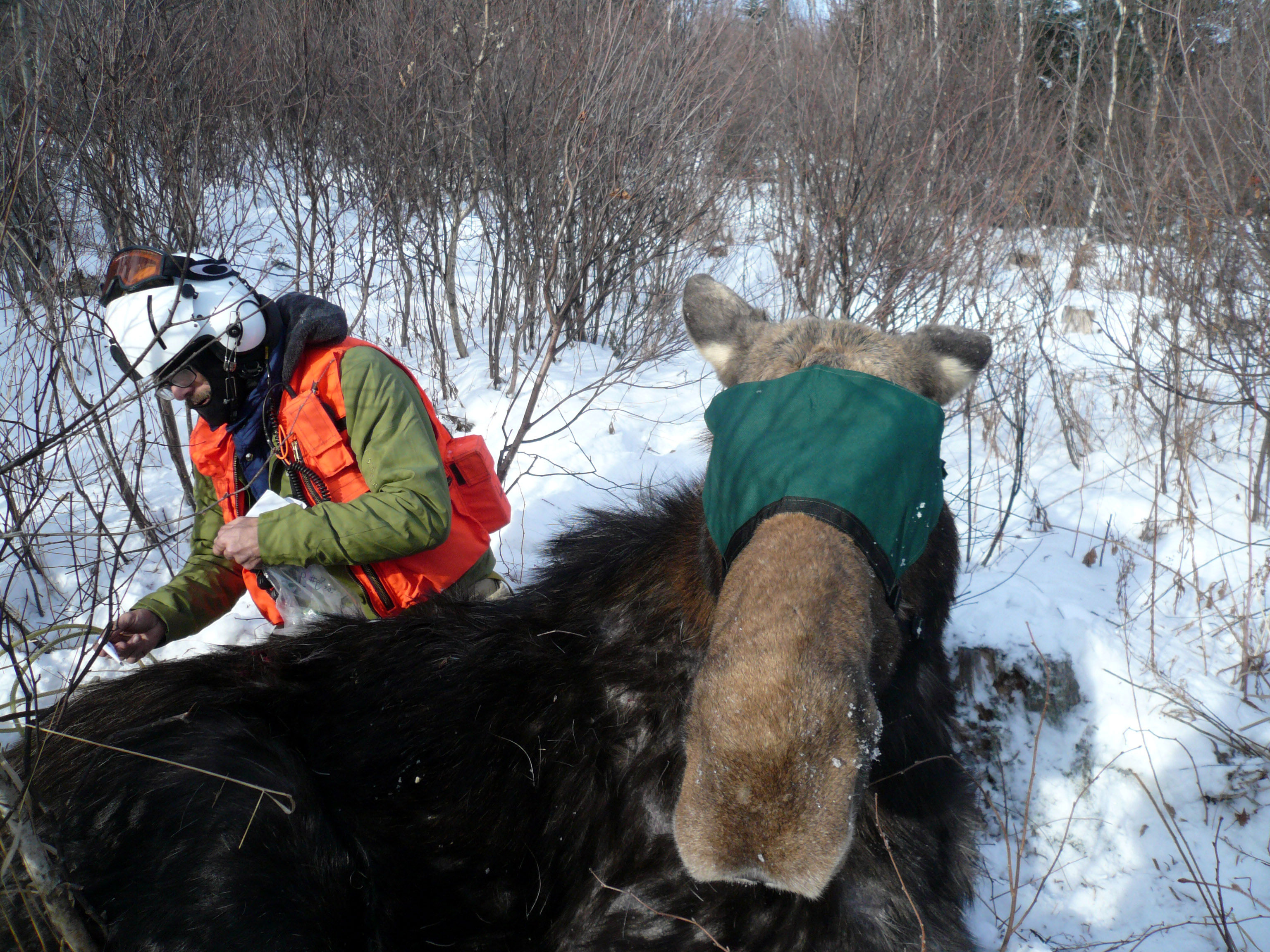 A total of 43 moose were captured and collared during the first two weeks of a three year moose study in New Hampshire,
A total of 43 moose were captured and collared during the first two weeks of a three year moose study in New Hampshire, 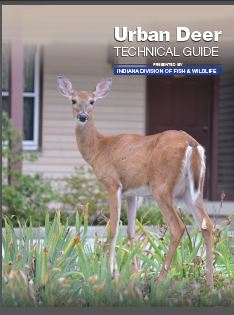 The Indiana Department of Natural Resources Division of Fish & Wildlife has put together a 32-page online booklet to help municipalities better understand deer and available management options. The impact of white-tailed deer within urban communities is not just a problem in several Indiana communities, but is a growing problem nationwide.
The Indiana Department of Natural Resources Division of Fish & Wildlife has put together a 32-page online booklet to help municipalities better understand deer and available management options. The impact of white-tailed deer within urban communities is not just a problem in several Indiana communities, but is a growing problem nationwide.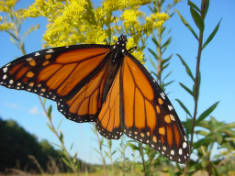 Depending on where you live, you may have noticed it in autumn. There were very few monarch butterflies around. It wasn’t unexpected. Numbers were low last winter in Mexico, and the weather over the summer didn’t favor the hatching of new monarchs.
Depending on where you live, you may have noticed it in autumn. There were very few monarch butterflies around. It wasn’t unexpected. Numbers were low last winter in Mexico, and the weather over the summer didn’t favor the hatching of new monarchs.